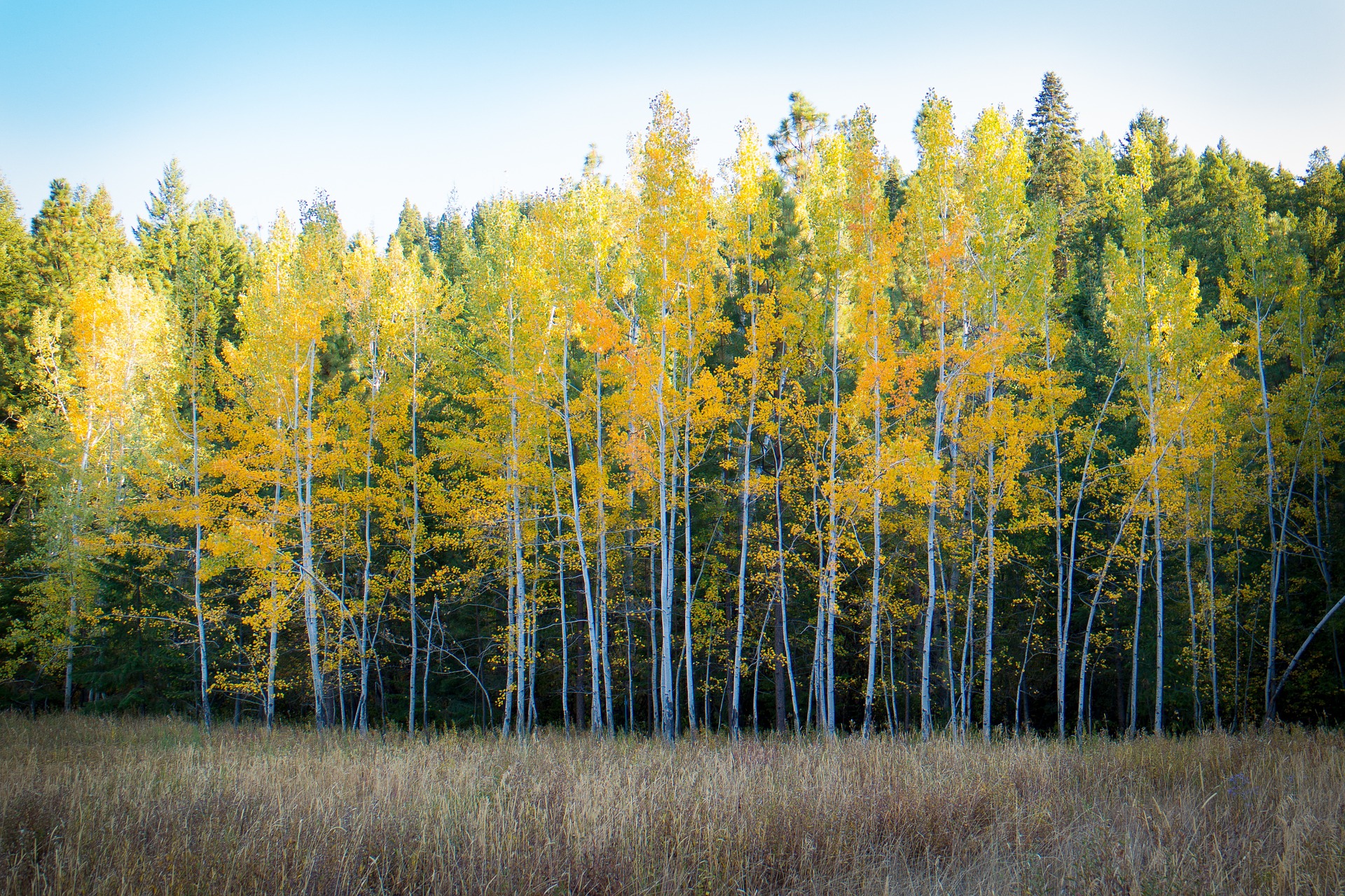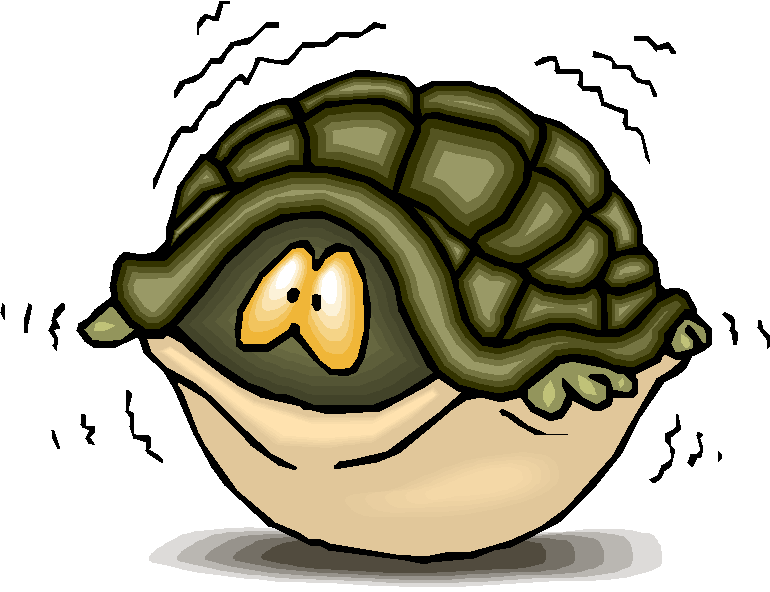The poetry of Robert Frost is usually associated with the landscape of the place that was his home for the longest time, that is, New England.
Dust of Snow: Analysis
In “Dust of Snow” as well, the landscape of New England is beautifully portrayed by the poet, and it is an important element of the poem as a whole. Winters in New England are harsh. Because there are adequate heating facilities indoors, one prefers to stay at home rather than outside in the excruciatingly cold weather. However, sometimes unavoidable circumstances arise in which one must go out no matter how unwilling one is. Perhaps the poet was having such a day when he had composed this poem.
As he tells us in the poem, he had not been looking forward to that day, and the day was not turning out any better than he had expected either. He had thought to himself that the day would, in fact, be going to waste. Perhaps the region was very heavily snowed in that day, and the poet could not do the work he had set out to do. In any case, his mood was pretty bad as he was walking by a wooded area. In that area, hemlock trees were going. As any student of English literature will know. As the poet himself must have had in his mind as well, hemlock is the name of the poison used to kill the eminent scholar known as Socrates, whose name we find mentioned in the works of his most illustrious student Plato. Hence, the hemlock tree is generally considered to be an ill omen as it is a symbol of death. The sight of the hemlock trees could not have cheered the poet up on its own. Perhaps he didn’t even want to walk by the hemlock trees.
However, this all changed with the actions of a crow. This crow had been flying around, and suddenly it decided to alight on a branch of one of the hemlock trees. Because of this sudden motion, the snowflakes that had been amassed on the branches of the hemlock tree rained down on the poet. The snowflakes were light and also a pleasant sight for sore eyes. Hence, their fall did not hurt the poet. In fact, the poet felt as if he was walking through the light precipitation of snowfall. As those who have experienced snowfall will say, this is a delightful experience.
It was so for the poet as well. Immediately his bad mood was uplifted. He was filled with joy and a sense of thankfulness that he was alive to see such beautiful things in this world. Frost’s greatness lies in the fact that he can effectively convey to us readers how such a simple thing as the falling of snowflakes from atop a tree can have a rejuvenating effect on man’s mind. His depiction of this experience is compelling, and it also fills readers with a sense of tranquillity.
Dust of Snow: Poetic Devices
Rhyme scheme:
Each of the two stanzas in “Dust of Snow” follows the same simple rhyme scheme: ABAB. Only one imperfect rhyme occurs in this poem between the “crow” of the 1st line and the “snow” of the 3rd line, both in the 1st stanza.
Rhetorical devices:
Metaphor: This rhetorical device is used when a covert comparison is made between two different things or ideas. In this poem, the poet uses metaphor in the 3rd line of the 1st stanza when he compares the mass of snowflakes atop the hemlock tree with dust.
Synecdoche: This rhetorical device is used in many ways to represent one thing with the help of an entirely different one. In this poem, the poet uses the device of synecdoche by way of using a part to represent the whole in the 1st line of the 2nd stanza. He says that his “heart” has changed mood because the crow has made the snowflakes from the hemlock tree rain down on him. However, it is not only his heart but his entire person that is now experiencing a better mood as a result of the actions of the crow.
Dust of Snow: Central Idea
On a winter’s day, the poet had been forced to step out of his house and walk around to accomplish some task or the other. He had been unable to complete his work, so he believed that that particular day would waste. His mood had become sullen and despairing. Suddenly, as he was walking by a wooded area full of hemlock trees, a cow alighted on a branch of one of those trees, causing the mass of snowflakes atop it to rain down on the poet. The snowflakes were so light and minuscule that the poet thought they resembled dust particles more than anything else. However, this raining down of snowflakes upon him did not upset the poet further. In fact, quite the opposite happened. His mood immediately improved, and he was cheered up. He felt joy and thankfulness to be alive on such a beautiful day.
Dust of Snow: Theme
The landscape of New England: The poetry of Robert Frost often features the landscape of his home, that is, New England. A part of this landscape is quite hilly and covered by coniferous trees such as the hemlock. During the winter, the weather conditions there are very harsh. It is an unpleasant experience to have to step out of the house and into the cold outside. However, the snow is also beautiful to watch. Hence, life in New England has both positive and negative aspects. This is echoed in the two moods of the poet that we see in this poem. When he is unable to finish his work on a heavily snowed-in day, it upsets him. However, his mood immediately improves when the light, tiny and immaculate snowflakes shower down on him from the hemlock tree branches. Similarly, life in New England is both harsh and beautiful.
Symbolism: The symbolism in this poem is very subtle and hard to catch. However, if we read between the lines, we will understand just how apt the symbols used by the poet here are. The poet is having a bad day. He is clear about that. However, to make us understand the severity of his sullen mood, he introduces us to the symbol of the hemlock tree. As we know, hemlock is the name of the poison that was used to kill Socrates. Hence, from which the poison is said to be made, the hemlock tree is a symbol of death. Walking by the hemlock tree could, in fact, have seemed like an ill omen to the poet and could have upset him further on this unpleasant day. The next symbol that the poet introduces to us is that of the crow. The crow is an ambiguous symbol and could stand for many things. Generally, the crow is considered to be the ugliest among all birds. Hence, it could be another sight to degrade the poet’s mood once again. However, in some indigenous literature, such as Native American literature, the crow symbolizes a trickster. Crows are pretty mischievous birds, and the crow in this poem is no exception. It’s sudden alighting on the branch of a hemlock tree is what causes the poet to be surprised by the shower of snowflakes on himself. And this shower of snow certainly improves his mood. Perhaps the poet is saying that even something that one usually associates with negativity can positively impact. Hence, Frost’s use of symbols is very profound and meaningful.
The best things in life are free: As a popular song tells us, the best things in life are free. Frost is one poet who has advocated this very concept throughout his entire poetic career. In “Dust of Snow” as well, this is what he is trying to tell us. On a cold winter’s day, staying home could have been comfortable. But due to unavoidable circumstances, the poet has been forced to go out. At such a time, the only thing that cheers him up is the world of nature, of crows and snowflakes. This natural world is available for us to see and touch-free of cost. However, we generally take it for granted. Worse still, we can curse nature for giving us bad weather, such as the inhabitants of New England do in winter. However, if we look beyond our own inconvenience, we will see that nature is beautiful even at its harshest. If only we pay attention to all that life gives us, we will learn to appreciate it. The crow brings the beauty of the snowflakes to the poet’s attention, and he is grateful for that. He is grateful to be alive to see such wonderful sights in this world at no cost whatsoever to himself.
Dust of Snow: Tone
The tone of “Dust of Snow” is light and cheerful. It reflects the change that has already taken place in the poet’s heart from sullen to joyful after the shower of snowflakes upon himself. It is thus clear that this poem has been written post that experience. The poet has almost forgotten what a bad day he had been having and has fully embraced the brightening of his mood. He now feels lucky to be alive and watch such beautiful sights as that of the snowfall.
“Dust of Snow” is one of the shortest poems ever written by Robert Frost. Yet, it is also one of his most loved poems. What is great about the poem is that the poet can express, with such brevity, how thankful he is to be living among the hills and snows of New England. This love for one’s home is something that resonates with all his readers. You can also refer to Dust of Snow: Summary here.
Some online learning platforms provide certifications, while others are designed to simply grow your skills in your personal and professional life. Including Masterclass and Coursera, here are our recommendations for the best online learning platforms you can sign up for today.
The 7 Best Online Learning Platforms of 2022
- Best Overall: Coursera
- Best for Niche Topics: Udemy
- Best for Creative Fields: Skillshare
- Best for Celebrity Lessons: MasterClass
- Best for STEM: EdX
- Best for Career Building: Udacity
- Best for Data Learning: Pluralsight















